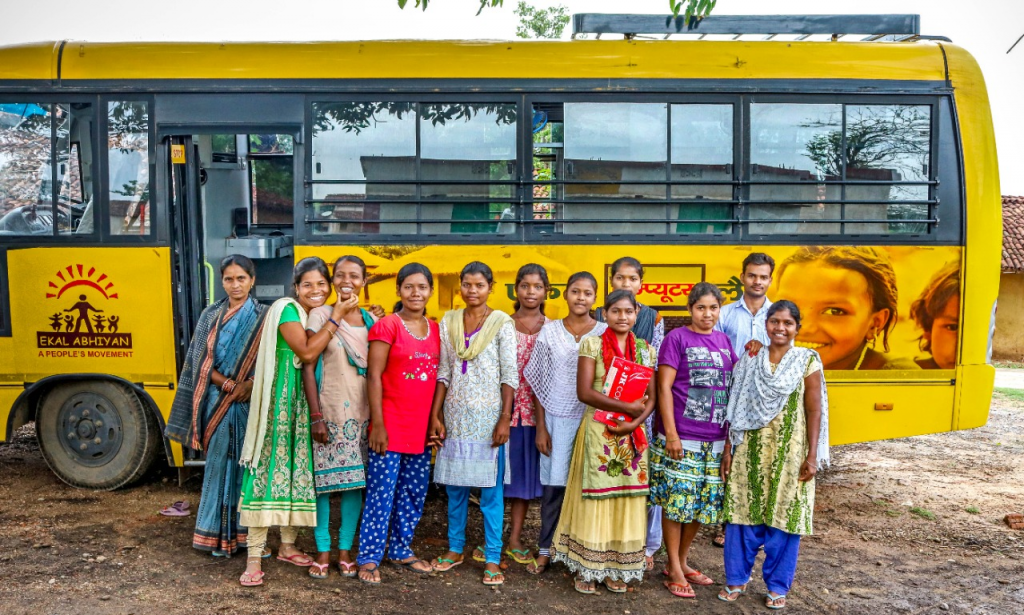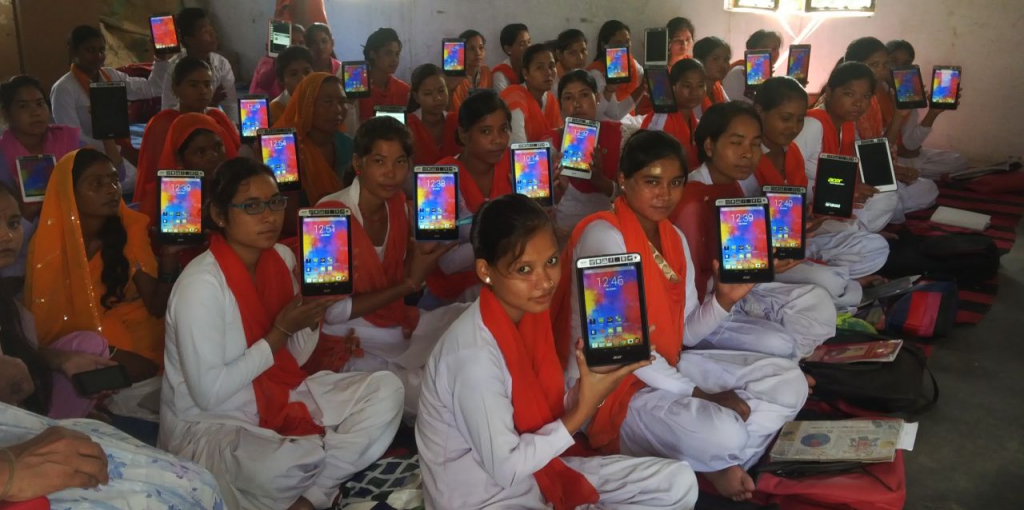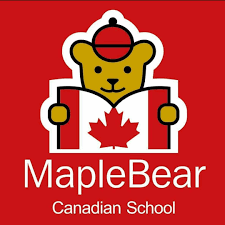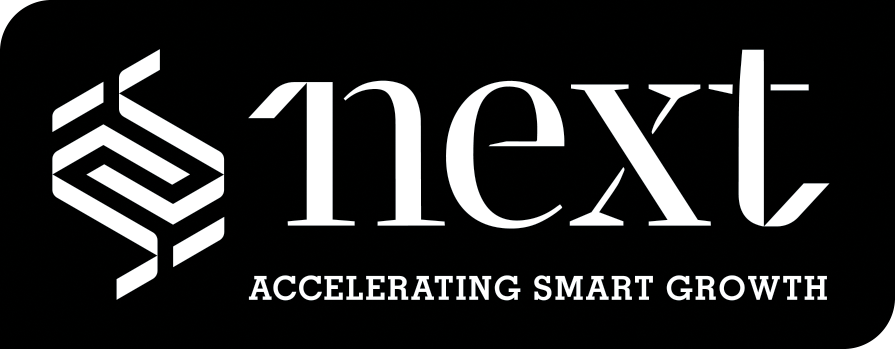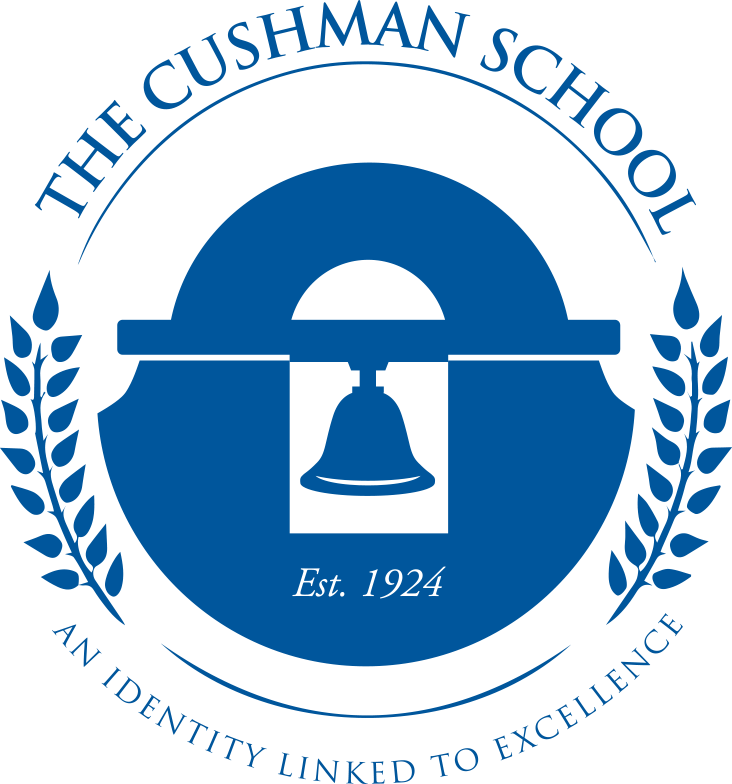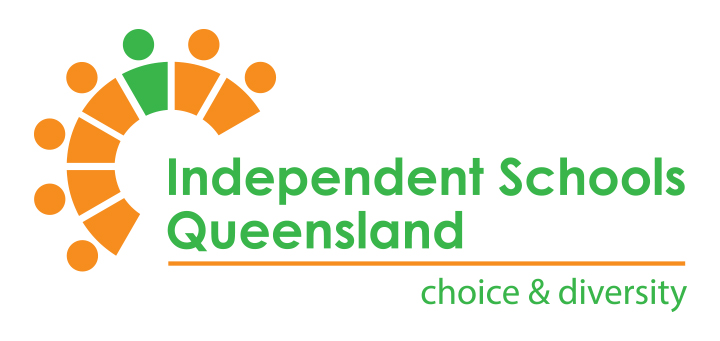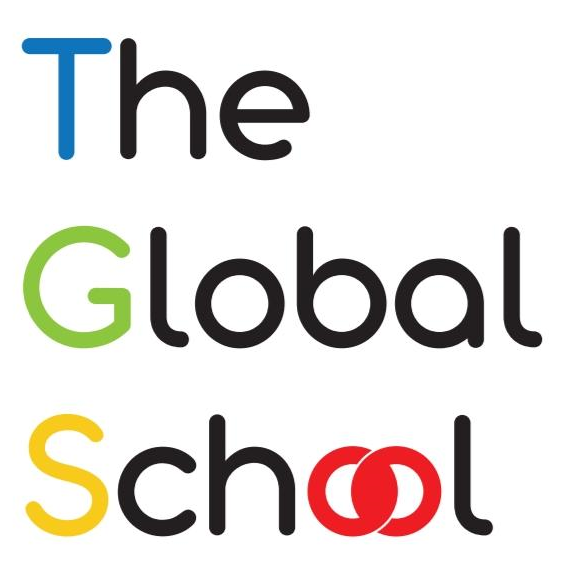
Atlas of Educational Change


Mapping change worldwide
Education is changing in real time. Despite what is a largely dissapointing systemic framework for change and even a post-pandemic return to the old was of doing schools, there are many breakthrough expressions of change in education.
In this section, we will be featuring these pioneer and inspiring education initiatives that are blazing the way for change.
Click here to submit your Change Projects
MAD Courses

Frejus, France
We are a social enterprise that is creating interactive video adventures so students can explore sustainability issues in an immersive experience, and be motivated to become active change makers! Our business model creates impact in the communities featured in the adventures, via profit-sharing and seed planting.
We think this is one way to use new technology to ENGAGE students, CONNECT them to global issues in a positive and immersive manner, and to motivate them to take ACTION in a way that has not yet been done. Our newest adventure will be an “escape room” which will take place in an inspiring community in Lobo, Philippines, featuring the mangrove restoration program there, and the community that’s taking action to better the planet. Our social enterprise model is quite unique too.
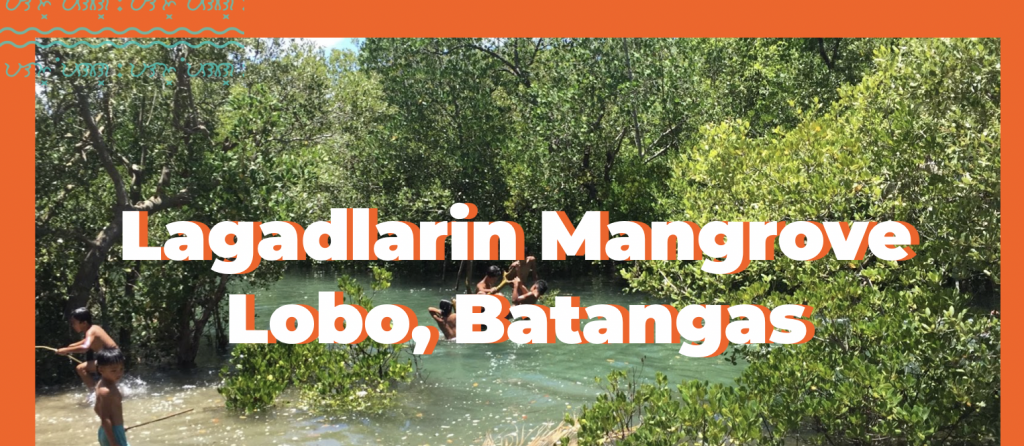
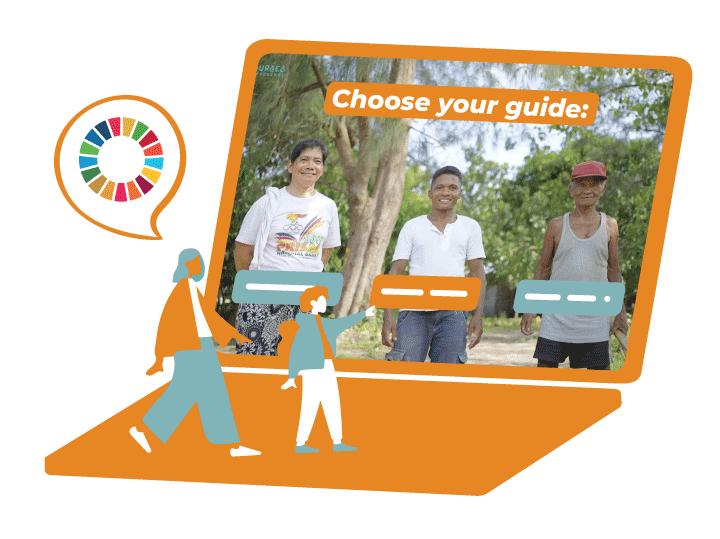
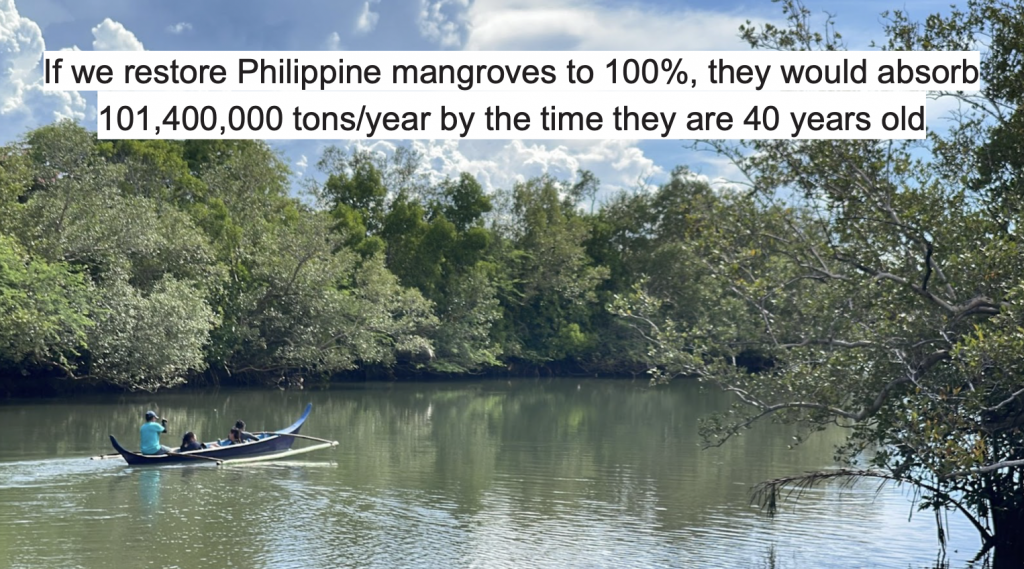
Age Level: 9 & up
Engaging Learning Voices

New Zealand
We are designing and making tools that schools can use to be empowered to change their own destinies based on their context and their voices through reflection (with a smile). We have a web site that offers schools a buffet and support when they need it most using the power of narrative pedagogy.
Engaging Learning Voices is change from within schools. Changes that empower them through reflection and trust, through partnerships and fun. Change ‘done with’ instead of change ‘done to’.
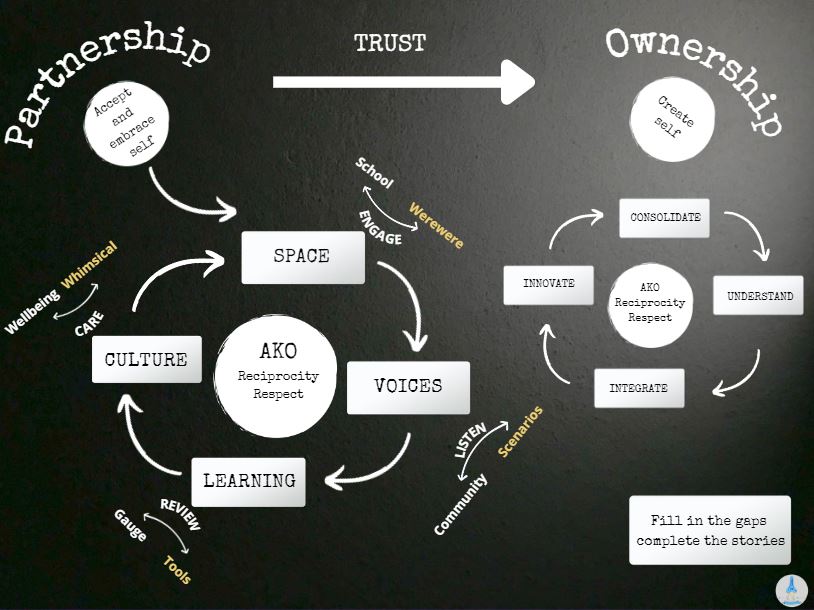
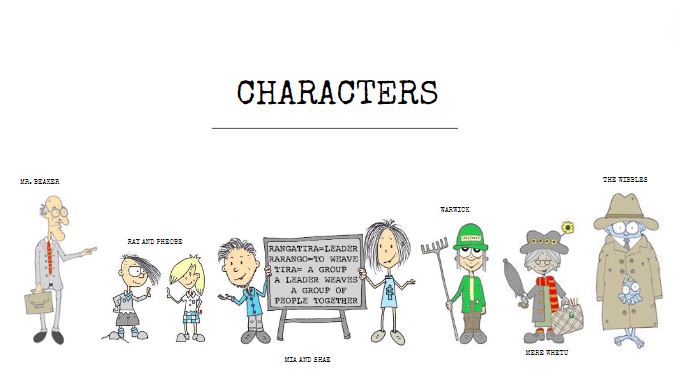
Age Level: NE – Y13
Be The Change
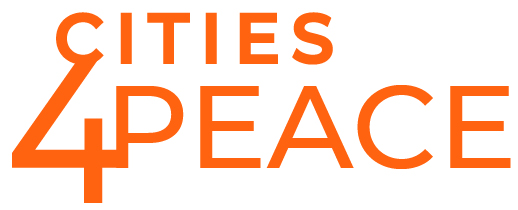

Los Angeles, USA
Be The Change – is an educational set of modules to empower educators to bring peace and nonviolence education in the classroom.
Often education isn’t putting a focus on how to actively build and cultivate inner peace and lead to outer peace in action. In the world of turbulence that we live in today, our modules help to bring peace in the curriculum.
Age Level: Middle School & up
Havard Elementary

Houston, USA
Dr. Lisa Hamblen, the principal at Havard Elementary converted a classroom into a Sensory Lab. It is a calming, soothing, interactive environment with developmentally appropriate activities and places to relax, become calm and practice self-regulation– for children (and adults!). Self-regulation is the ability to understand and manage reactions, feelings and emotions. The Sensory Lab also assists students with body awareness, fine and gross motor skills and mindfulness. There are numerous interactive activities to engage all the senses: low/colored lighting, soothing sounds, flexible seating, various textures and interactive activities. The Sensory Lab helps to bridge the gap between the brain and the body- leading to improved emotional regulation.
The creation of the Sensory Lab represents an expression of change in education by addressing emotional and mental health, as well as academics. After the pandemic, like many schools around the world, we noticed an increase in behavioral and mental health concerns. The Sensory Lab was created so that students (and teachers) have a place to go when they need to take a break to help regulate their emotions, by getting the sensory input they need.

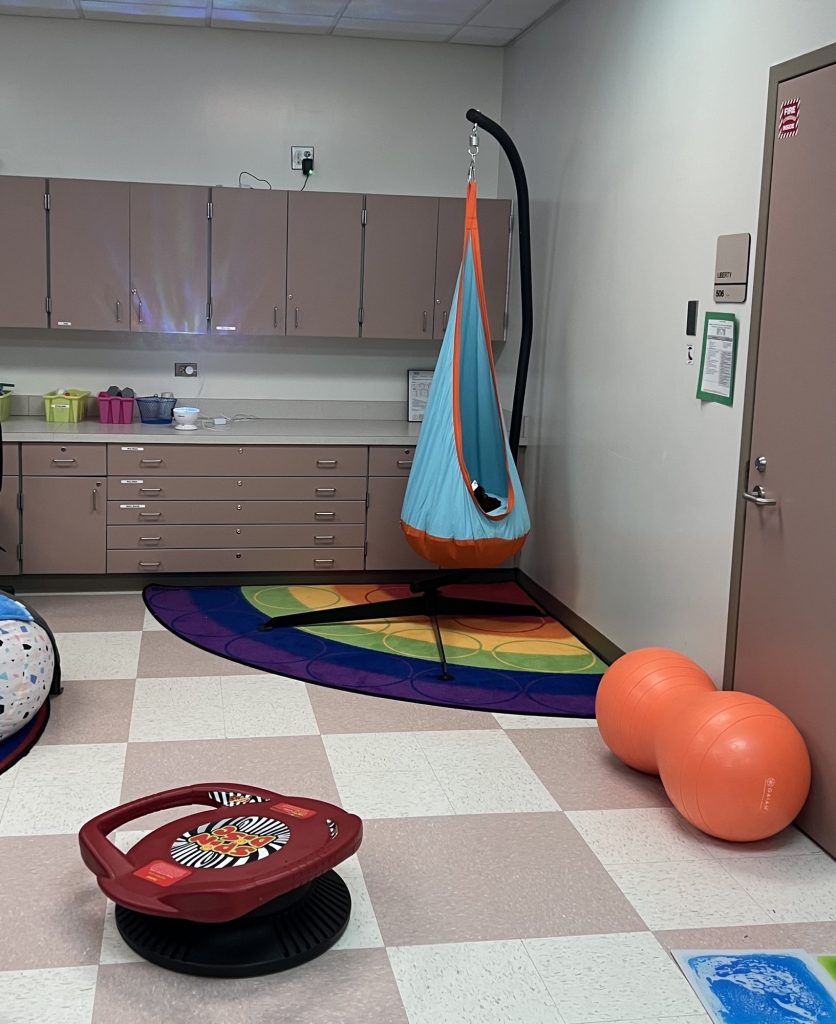
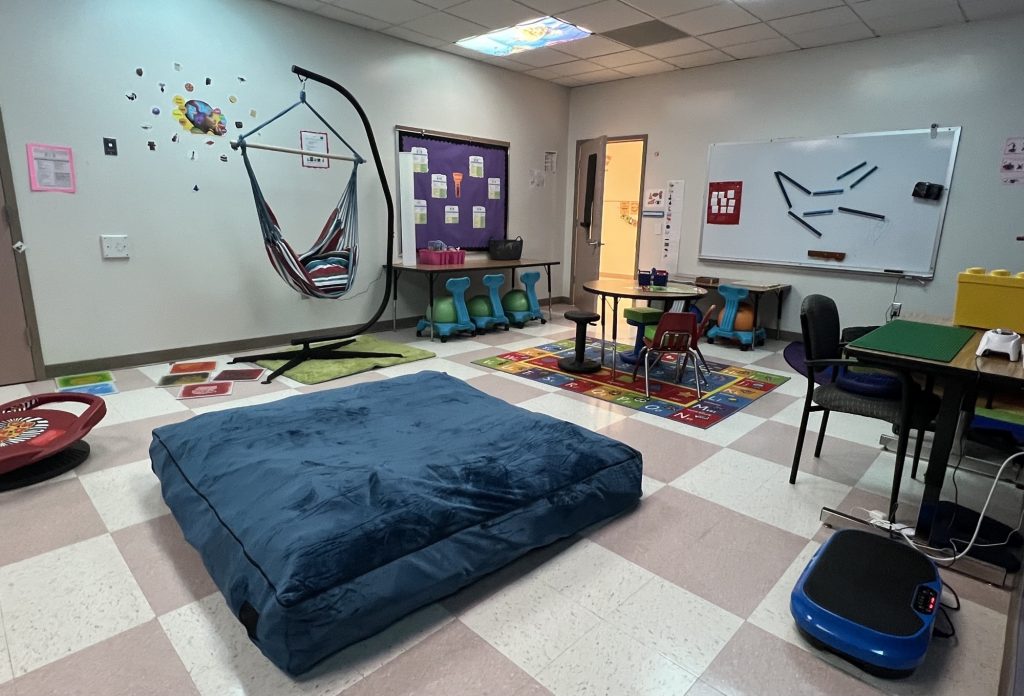
Age Level: PK3 through 5th grade (ages 3- 11) Including Teachers
International School of Africa

Djibouti City, Djibouty
A short interview with a local science person (scientist, engineer, technician, or any person who does science) – what is it that they do, description of their work, what experiments they are conducting, why did they choose to be a scientist/engineer/technician.
An interview with a person who works in the sciences or engineering can spark a change in the minds of the students. Getting to know such a person up close and personal inspires the young people to commit themselves to studying better, and spread positive learning behaviors to the rest of the student body.

Age Level: Grades 8, 9, 10, 11, 12
Jobortunity

Arusha, Tanzania
Jobortunity supports disadvantaged youth by providing three core services: coaching & guidance, training, and job placement. We designed and implement strategies and approaches to prepare disadvantaged youth for the job market thereby bridging the employment gap. We set up a training program, Hi5 Training of Youth Program (TOY), developing disadvantaged youth the age of 18-25 years into confident professionals with the right attitude and skills that meet employment standards through close partnerships with companies. To achieve this, Jobortunity uses its own designed 3H and Hi5 approaches to guide and empower youth with the knowledge, skills, and most importantly the attitude to meet employment standards. Jobortunity’s main focus is on what we call 21st-century soft skills.
Jobortunity applies different activities, ice breakers, and games through the Training of Youth under the Hi5 methodology. Our students are observed and evaluated for the entire year of their learning and are working closely with their special trainers to develop and implement the PDP (Personal Development Plan). In simple words, the Hi5 approach applies different learning activities, evaluation/ observation, one on one coaching with students and Personal Development Plans to support vulnerable youth and break the poverty circle in their families and communities.

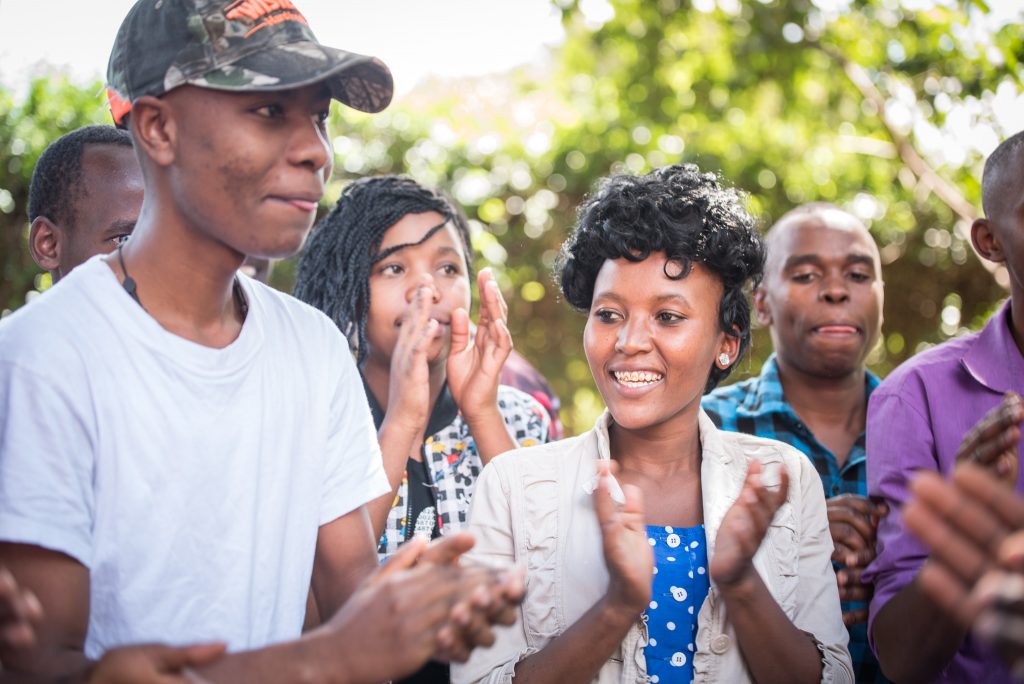
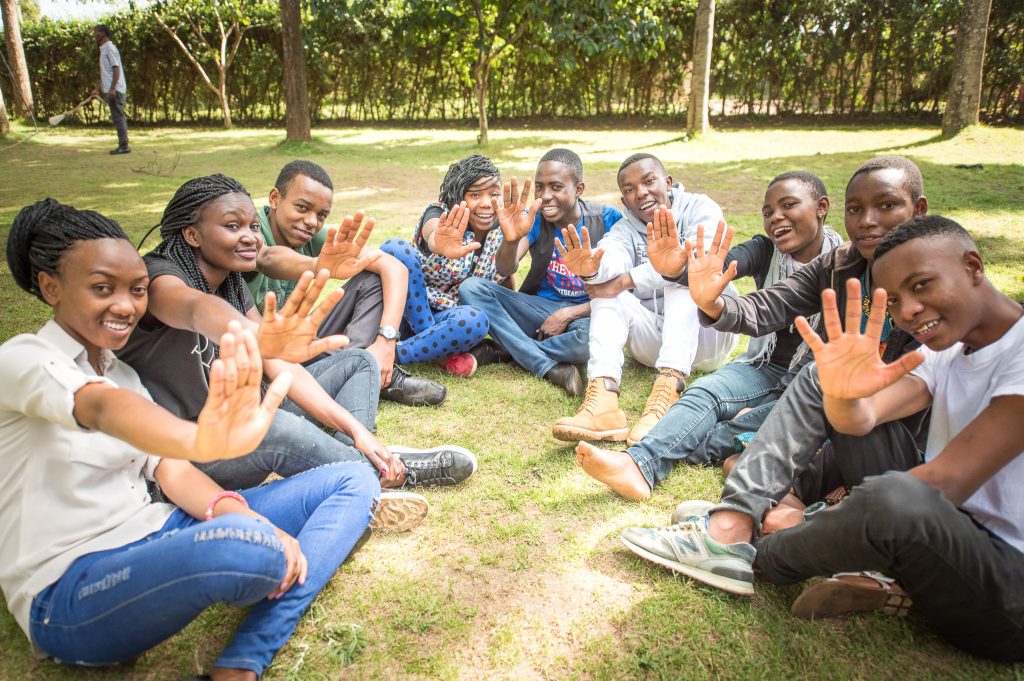
Age Level: 18 – 25 years old


Singapore
A collaboration between the different divisions of the school to co-construct data-dashboards that bring all of the information we have about students and learning into a single place. We believe that by building the dashboards together, we can simultaneously create a truly useful data tool while also building data culture across the school.
Teachers today have more data about their students than ever before, but much of the time it is siloed. They have to navigate between multiple platforms to find the answers they are looking for, and often get stuck in the process. By making the data both easy to find, but also secure, teachers are able to leverage it much more effectively to inform their own practice.
Age Level: The initial pilot was with MS students (Grades 6-8). It is now expanding to both ES and HS divisions.
The Cushman School

Miami, USA
Society and Me is Cushman High School’s highly engaging required program that is designed to facilitate students development as agents and innovators of change. As students research and become exposed to issues of our time, they pose a big question for the world to answer while framing a local challenge question on which they create a solution. Through partnerships, internships and the underpinning of required core competency classses such as Design, Art and Technology, Society and Constitutional Law, Communication techniques and Financial Management, students are able to apply knowledge in unique ways to solve complex issues that contribute to making the lives of others and the world a better place. With 188 students in our high school, there are 188 issues being addressed!
Cushman Virtual is the newest division of The Cushman School (a 98 year old independent school in Miami) which addresses needs of students in a personalized way. The flexible learning environments include hybrid, in-person or fully virtual classes that not only meet students’ academic needs, but, also include an array of virtual and, in-person, opportunities for social-emotional development and important relationship-building. Cushman Virtual intersects personalization with the importance of making connections.obortunity applies different activities, ice breakers, and games through the Training of Youth under the Hi5 methodology.
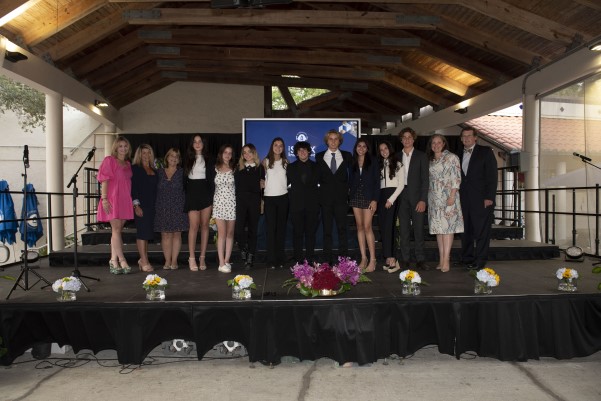
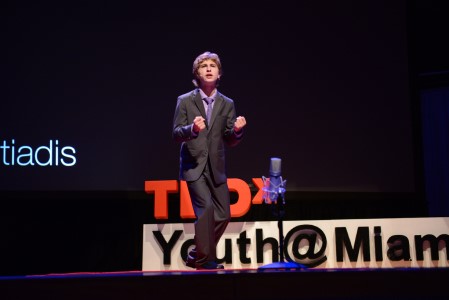
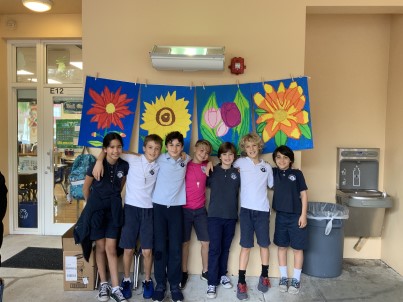
Age Level: Pre-K through 12th grade
Exceptional Education Outreach Bahamas

Bahamas
We are creating a special education system for the Family islands of The Bahamas, since there is not one currently in place. Exceptional Education Outreach (EEO Bahamas) does this by:
-Providing direct services to students with special needs.
-Equipping local teachers, parents, and volunteers with skills and materials to assess students and remediate learning challenges.
-Funding and organizing professional health and allied health care assistance to underserved students.
Our vision is that children with special needs in The Family Islands have access to innovative educational programs to help them reach their full academic and personal potential. We are working with the Ministry of Education and creating private/ public collaborations.our student-centered learning program.



Age Level: K-12
Lt. Job Lane Elementary

Bedford, USA
Over the past year, in conjunction with a parent volunteer and the support of our PTO, Lane School has developed a display that allows students to explore, interact with, and engage in hands-on, minds-on exploratory learning.
On any given day, especially in the morning and afternoon, students can observe our rotating displays of live animals and plants, along with our wide variety of other rotating artifacts! The rotations of artifacts are community member driven and include input and support from parents, teachers, and other community-based members. The display fosters curiosity and scientific thinking and leads to profound discussions among peers and adults. Our addition has been a wonderful expansion to our expansive outdoor garden area which also promotes inquiry-based thinking and exploration of a wide variety of phenomena. Our outdoor learning area features four raised garden beds that can be found at the base of a grape arbor.
In the Fall our grapes are harvested and turned into jelly as part of our student-centered learning program. At the base of the arbor, the beds pop in the spring with a variety of bulb-based flowers and then again throughout the Summer and Fall with a variety of other flowers and fruit/vegetables. Just across the way, there are also a dozen other raised flower beds that are used in the spring, by the students, to plant a wide variety of season vegetable seeds. From year to year, the variety of vegetables varies. Students plant, help care for and harvest the beds throughout the summer and Fall seasons. Just beyond the grape arbor is a series of three apple trees. Our students get to see the apples go from flower to fruit. The Fall season brings us apples which are served in our cafeteria, as well as for other student-centered cooking activities. The applesauce is a big hit just like the homemade pickles are!
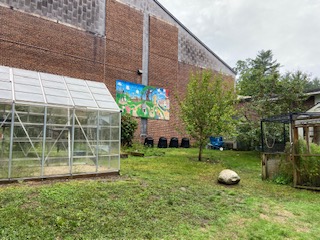

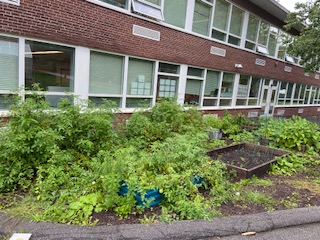
Age Level: Grades 3-5 Ages Range from 8-11
GEMS Westminster School
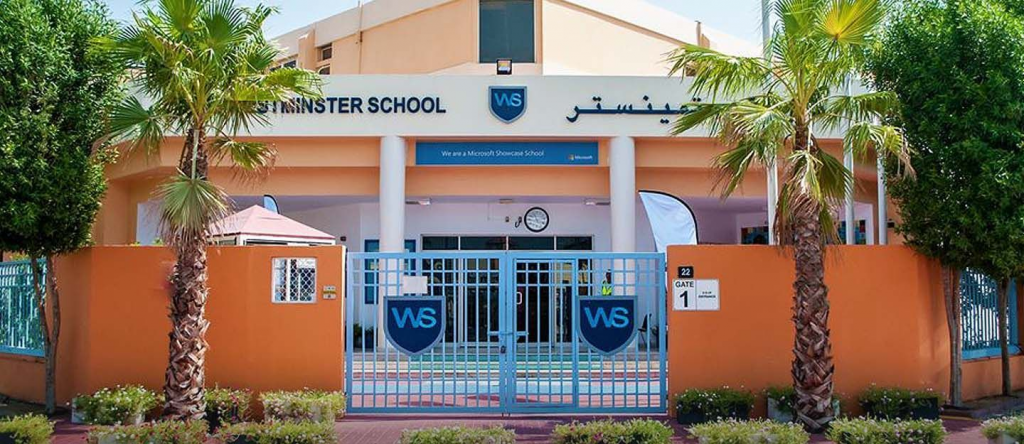
Dubai, United Arab Emirates

We attempted to curate the KS3 #steameducation curriculum with literary characters, children loved Shrek and Harry Potter :)ver the past year, in conjunction with a parent volunteer and the support of our PTO, Lane School has developed a display that allows students to explore, interact with, and engage in hands-on, minds-on exploratory learning.
We used different points of data at hand to create groups of students with shared interests and abilities and curated a popular character-infused KS3 curriculum. The project was a great success, and it continues with some new dimensions added to it.

Age Level: KS3, Year 7, 8, and 9.
Wellington High School

Wellington, New Zealand
An end of year discussion between two maths teachers showed that we were both concerned that our maths students were not engaging in our courses and were needing repeated teaching of basic skills year after year. This was pointing to shallow rote learning to pass a test rather than deep understanding of transferable skills. We were alarmed at the way it had become okay for people to say they could not do maths and that they were not maths people, and that our teaching was ignoring the key competencies in the New Zealand Curriculum, with their relevance to students’ futures and the skills needed for workplace success. We also considered the arbitrary process whereby age was translating to a specific school year level and a set assessment a level. For example, nowhere was it specified that a 15-year-old student must be in a year 11 class and study at NCEA Level 1 standard, although that had become the practice. We came to realise that few people, including teachers, fully understood the requirements of the Maths Achievement Standards.
We were convinced we could do better. We planned a new course to cover year 11 and 12 students and incorporated elements of flipped learning, student agency, design learning and growth mindset. We also determined that the programme should run within existing timetabling, funding, staffing and classrooms and should lead to the usual NCEA standards assessments. We ran a small trial with two teachers and then expanded it to all year 11 and 12 maths students with ten teachers involved. The programme later expanded to involve two schools with 19 teachers and around 1100 students participating. Please refer to the linked website for further details of the programme.
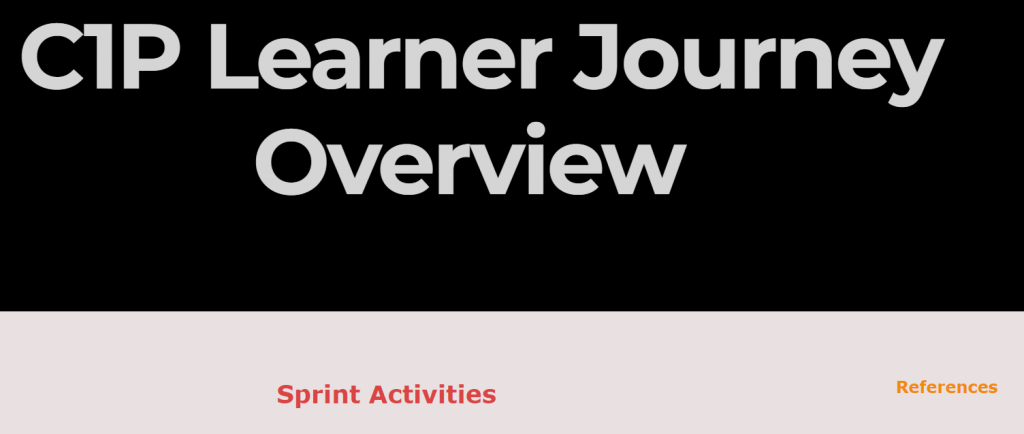

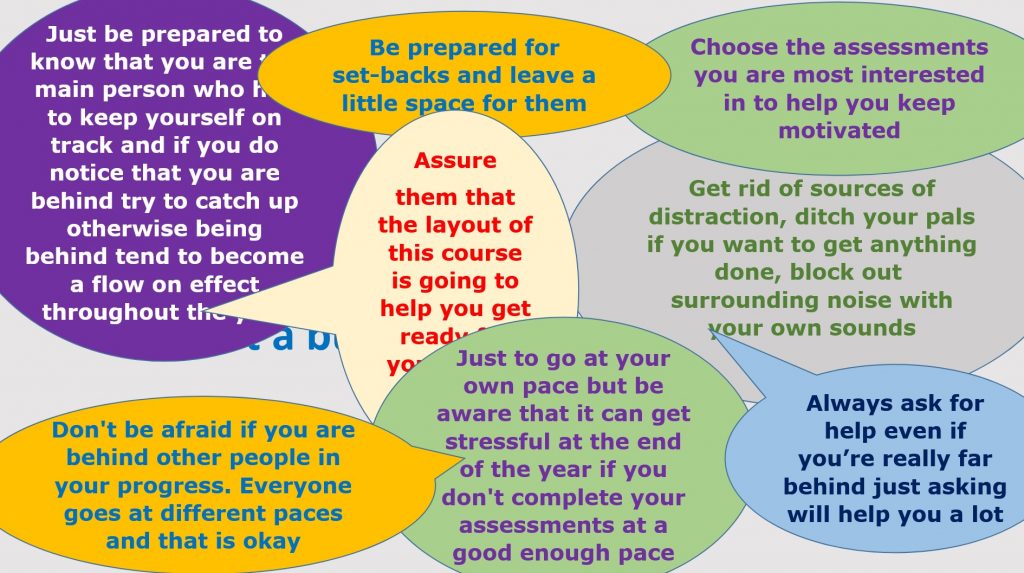
Age Level: Secondary school Year 11 and 12, 15 to 17 years
The British School, Rio de Janeiro

The British School, Brazil
We are introducing mindfulness in education and the concept of gamification to change the way we teach and assess Science.
Students are enjoying the meditation Challenges and they feel safe to face the academic challenges through the idea of “Gamification” (Watch the video explaining “The Game of Seeds”). In the process, teachers gain evidence of the students Approaches to Learning and that is used for Formative assessment.
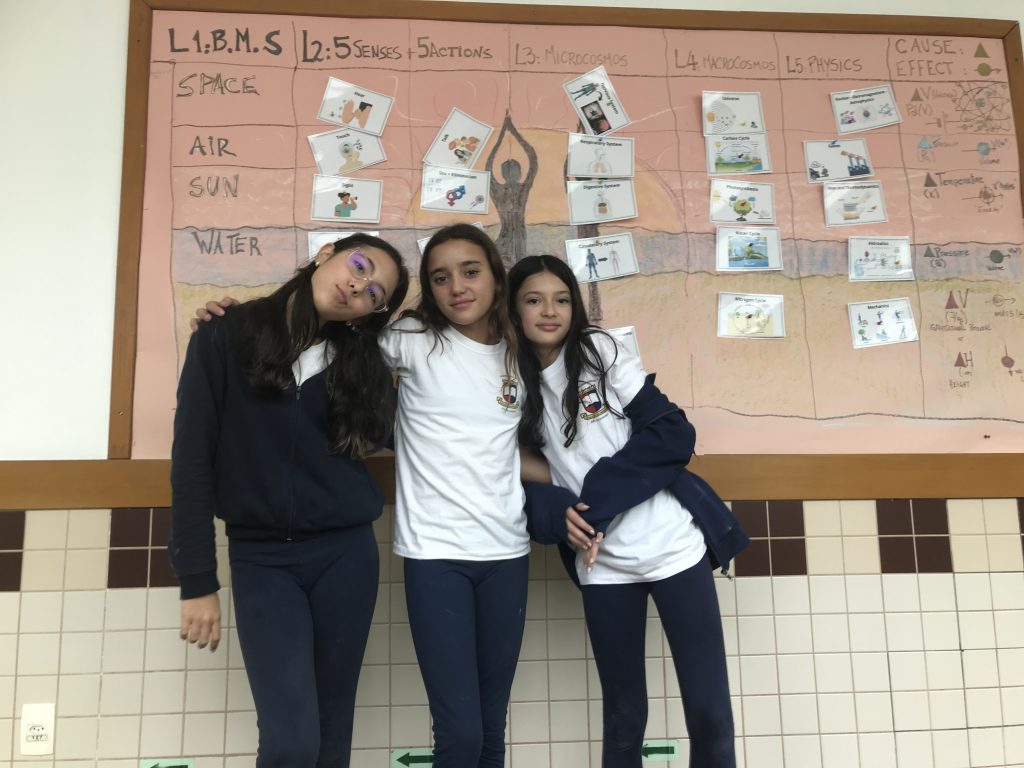
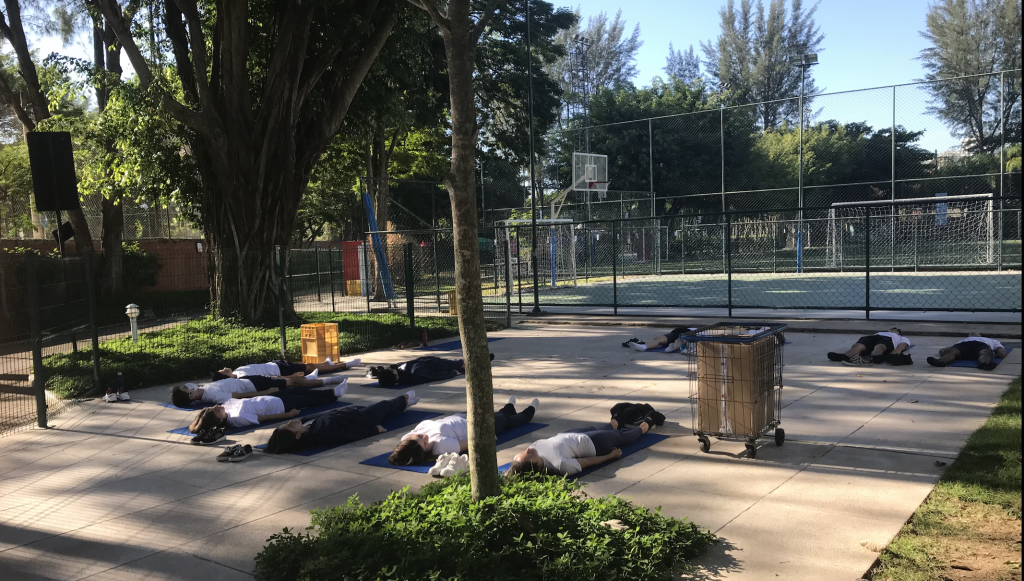
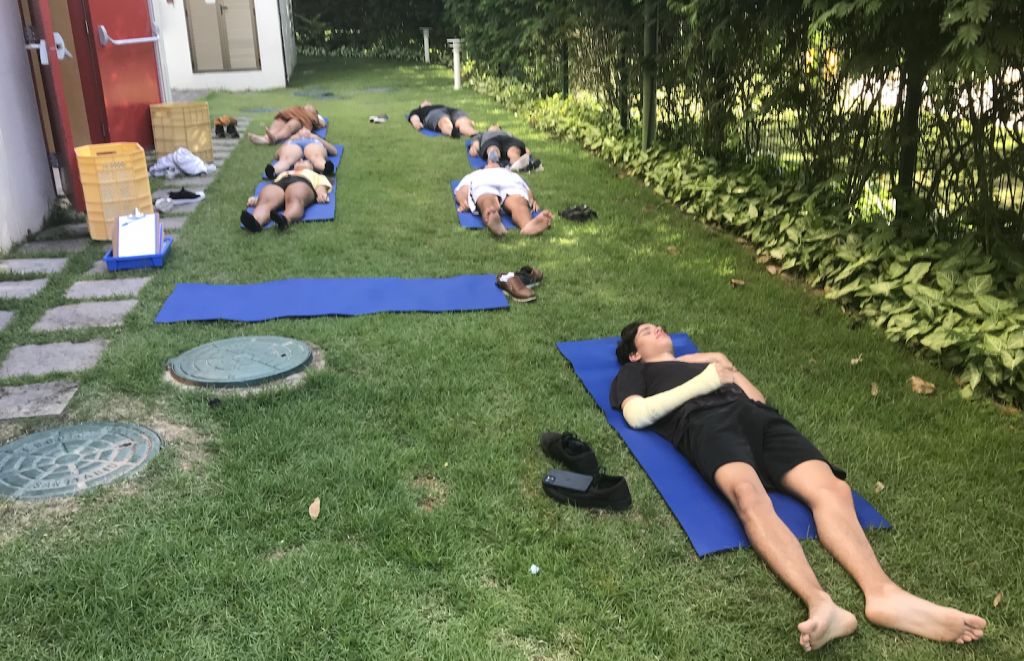
Age Level: From KS3 to IG Higher Level Physics
Colina Learning Center

Colina Learning Center, Romania
For example, In the Bare Necessities we kicked-off by giving our pre-school and primary crews a taste of being lost in the wilderness, magically transporting them to one of the many woods near our school and then following them as they found their way home. Using this experience as a catalyst for discovery and dreaming, we identified three main themes connected to human survival: Food and Water, Communication and Orientation, and Shelter.
After the initial excitement students are now researching and learning lots about many important concepts from proteins, carbohydrates, and fats to morse code. Our aim is that in the weeks ahead the students produce their own survival guides, finish building a community shelter, and demonstrate how to filter water in the wild. We are also focusing on helping the children improve how they maintain physical safety, and collaborate with each other throughout this expedition.
Every day learners reflect on what has happened, and adults assess the students progress to help design the best possible learning experiences. On October the 14th all of our community will join together to celebrate the achievements of our students, and give them feedback and encouragement so they can meaningfully consolidate their learning and growth before we launch Expedition 2.
Follow our progress on Instagram @Colina Learning.



Age Level: Primary – Grade 3
Choice Charter School

Union, USA
We have a school on the metaverse – Charterverse – that helps young people grades 9-12 earn a quality high school diploma. We focus on students who won’t or can’t go to the traditional educational system. We concentrate on career pathways and how do we move them in that direction while meeting the standards required for a high school diploma in Iowa.
Using the gamification of schooling, engaging in things students want to engage in and personalizing their experience is very different than the lock step education most Americans are receiving in the public school system.
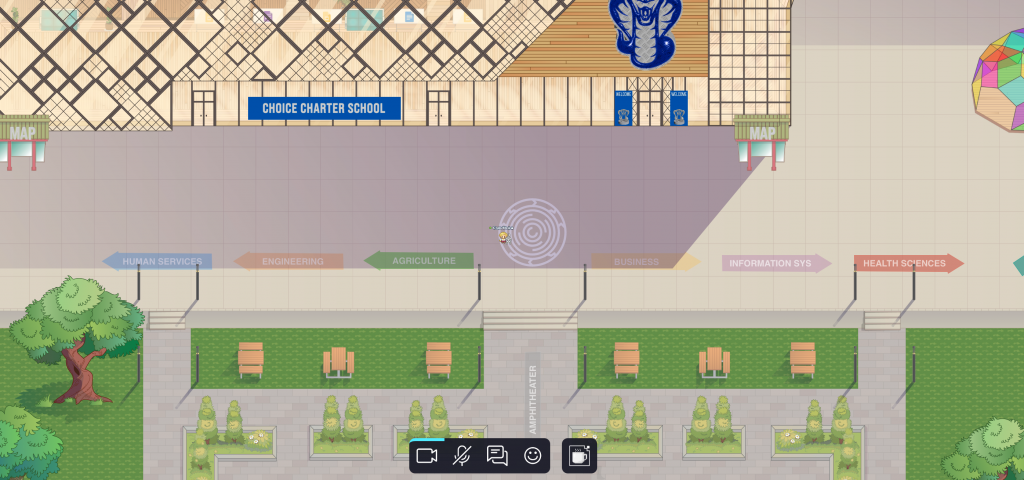
Age Level: Grades 9-12, Ages 14 to 21
Indus International School

Bangalore, India
They have used the Design Thinking Process to help take individual and collective action to bring about a difference in people’s lives, thus thinking globally and acting locally. We have seen it bring about desirable action in the form of participation, advocacy, social justice, social entrepreneurship or life choices, depending on the Central Idea. It gave them direction through the stages and at the same time gave them the agency to deviate from the plan in times of doubt and uncertainty as well. The process we followed involved following the 5 nonlinear stages which was incorporated within the Kath Murdoch Inquiry cycle. I have tried to describe it below in connection with an example of a Grade 3 Central Idea based on the theme, How We Organize ourselves – ‘Individual and group actions make a difference to how societies uphold human rights.’ Empathise – This stage is very ‘human centred’ and helped students empathize with stakeholders and understand their view point. In this case they interviewed the students and teachers of the Indus Community School to understand the various challenges they faced to receive their basic right to education. They also used various inquiry-based strategies to understand the concepts and related concepts en route. Empathizing helped our students to become situationally aware and apply themselves in real life situations. It helped them build skills and realize perspectives about the issue they were inquiring about.
Applying the Design Thinking Process helps students to follow a non linear process to delve deeper into the Unit of Inquiry and encourages collective as well as personal Action in the process. This process has become a way of life at Indus. It has helped students apply what they learn in real life and it has helped students to be able to think critically and creatively. They have become proactive citizens not only by using their research skills but also finding problems and attempting to solve problems. It is important that education today completes this cycle of constructing, transferring and applying meaning.
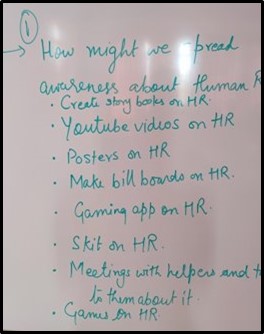
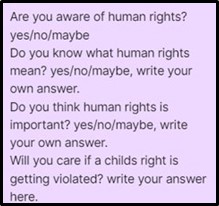
Age Level: Grades 9-12, Ages 14 to 21
Allendale Columbia School

Rochester, United States
The school visited Dakar and Mbour Senegal to build a school in a rural village with 14 Upper Schoolers (9-12 graders) for two weeks last May.
For students to have an understanding and empathy around what education looks like in other countries and then to be able to work side by side with youth and villagers to literally build the concrete blocks that will house the new school there was a life-changing experience.
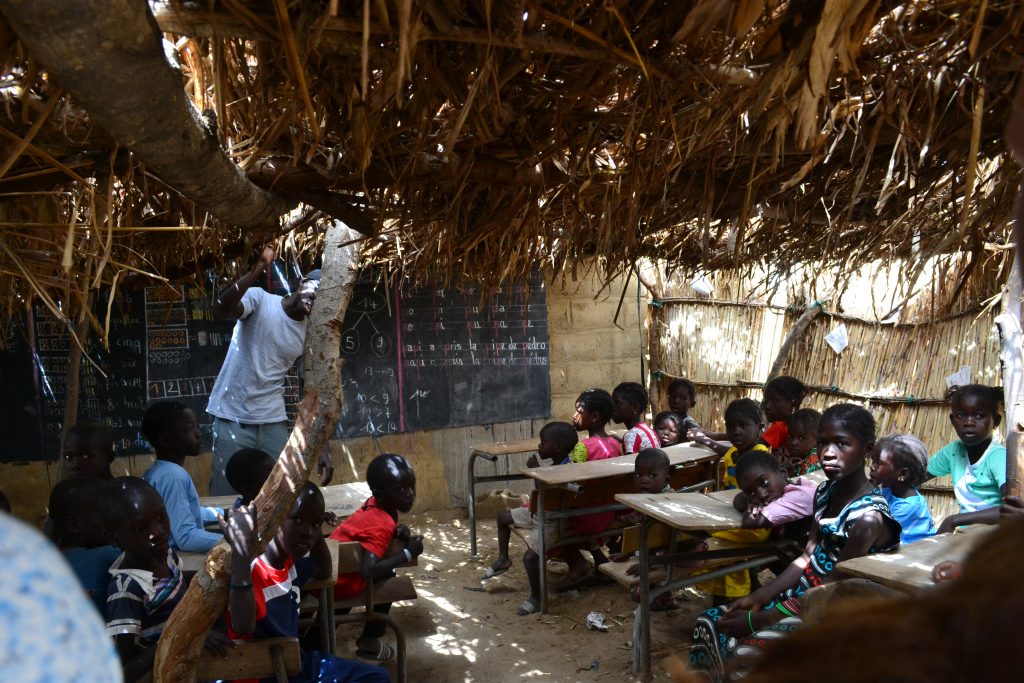
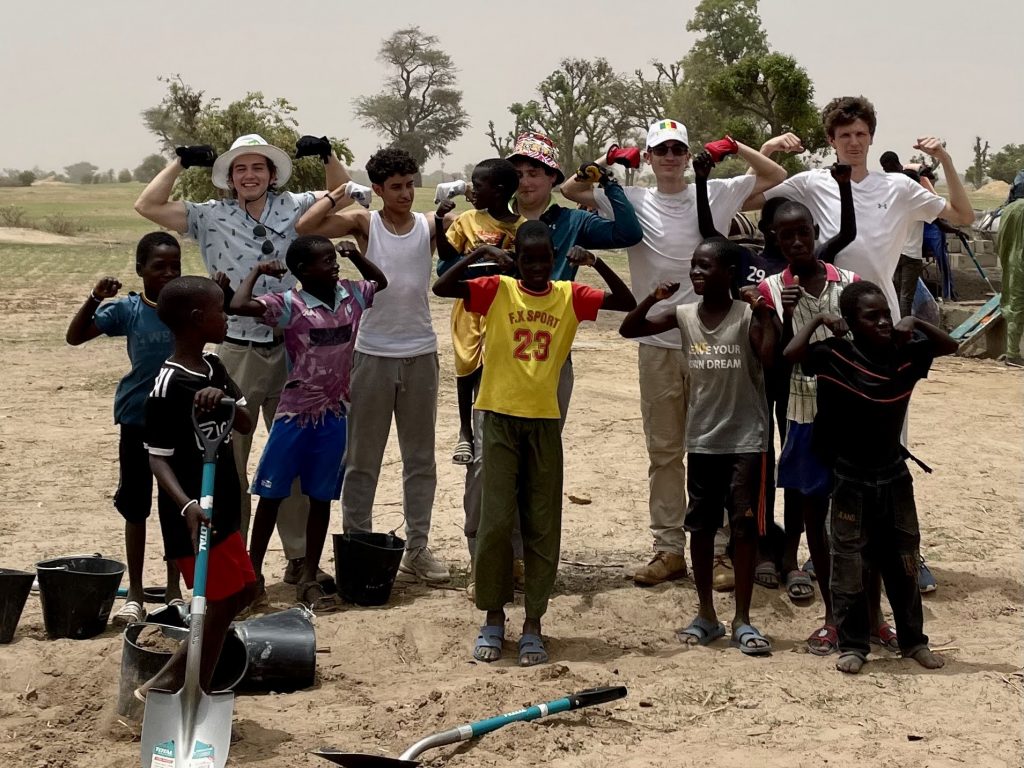
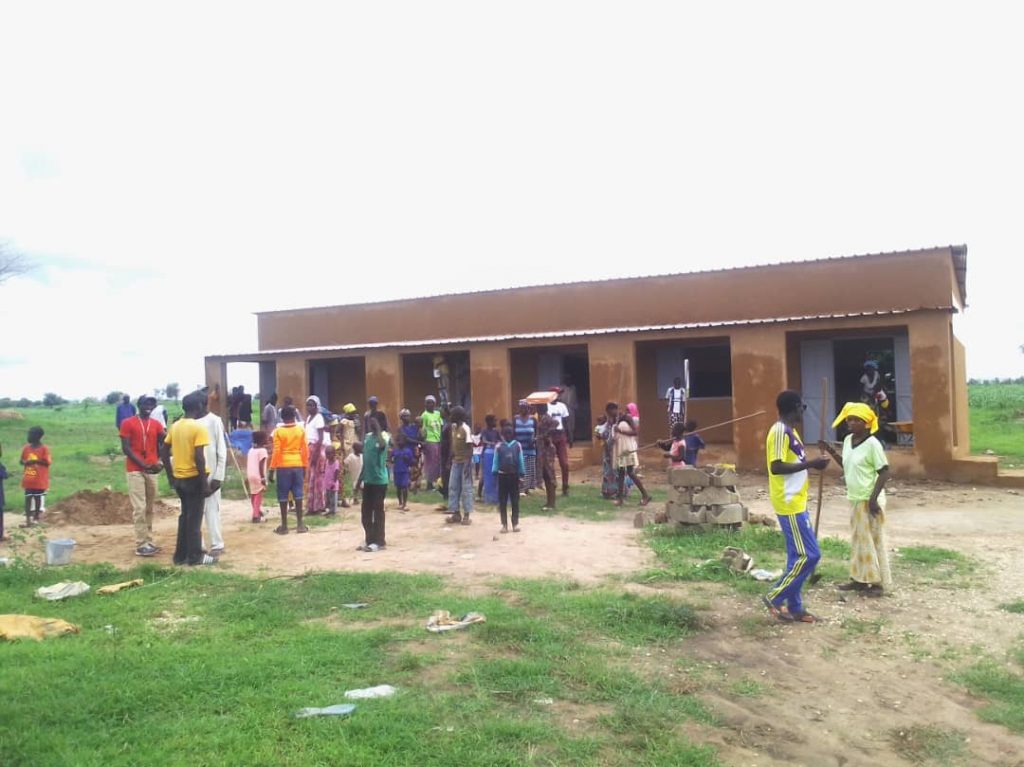
Age Level: Grades 9-12
Ekal Vidyalaya

India
Ekal Vidyalayas are part of a movement that aims to give impetus to holistic development of rural and tribal India. This agenda is executed by an integrated model that requires the collective participation of the community, to achieve a tailor-made socio-economic environment that is suitable to the people inhabiting these areas.
While the movement has numerous overarching themes and coordinating activities in each, we would like to mention two core activities here – Ekal e-Shiksha programme, and Ekal on Wheels. Ekal e-Shiksha is the digitization of certain aspects of Ekal Vidyalayas all over the country. Currently in its fifth phase, it began with one village in one district of Uttarakhand, in 2016. Over the course of five phases it has expanded to 111 districts in states all over the country. The programme aims to introduce the Ekal curriculum of experiential learning through a crossover with technology, the medium of which are android tablets. Digitization was deemed essential for the Ekal Vidyalayas model to accurately and carefully gauge the learning outcomes of Ekal children, amongst other data points like enrollment ratios, drop out ratios, etc. One of the main aims of the organization is to carefully bridge the gap between rural and tribal students and formal education.
